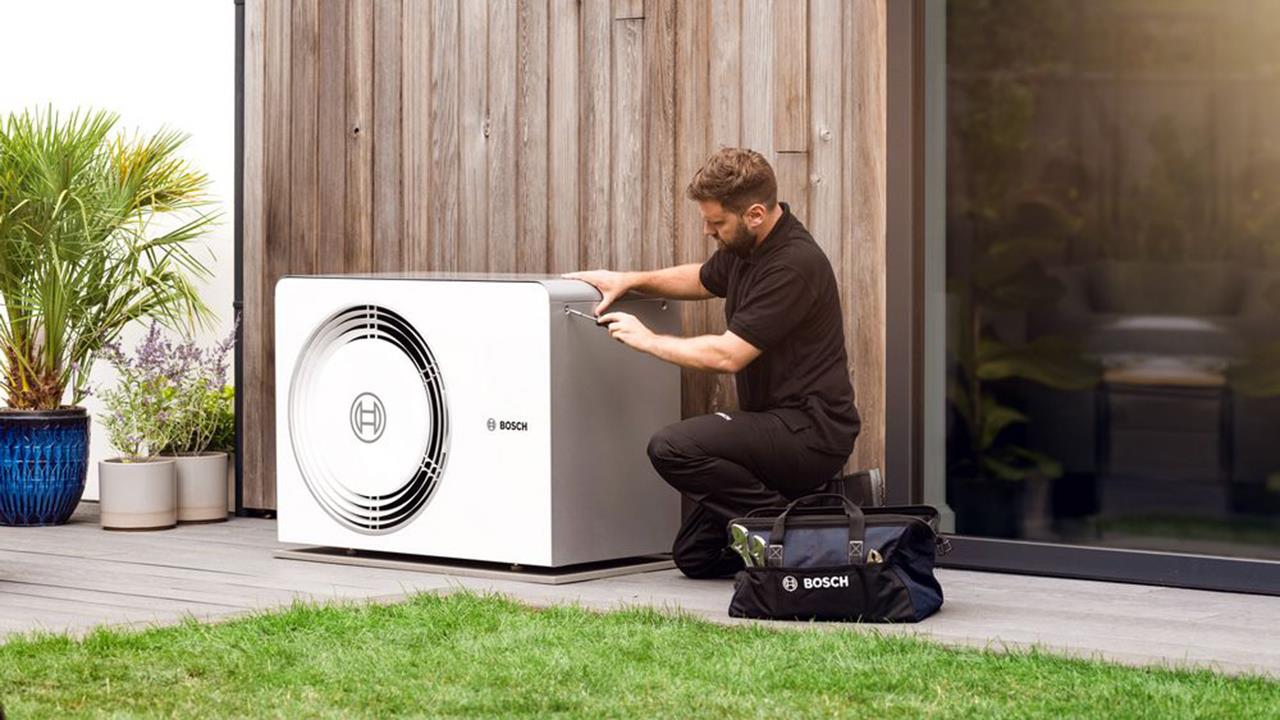

I think it's fair to say that in 2024, installers are now seeing greater prominence given to heat pumps. This has not yet fully materialised in sales, but the demand is steadily growing and it’s clear that the government is leading with them as its preferred technology. Although heat pumps are a clear sustainable option, concerns like noise pollution are becoming an increasingly significant consideration in conversations around the installation of heat pumps.
With only a limited number of installations in properties, it's understandable that there are emerging technical issues under investigation. One significant topic initiated by the government is the investigation into noise pollution associated with air source heat pumps. A lot of effort has been put into making heat pumps as quiet as possible, and happily the findings within a report from the government suggest that noise isn't really an overarching problem, but rather an isolated one.
While manufacturers strive to minimise noise levels, especially in urban areas where ambient noise is higher – there remain challenges in defining acceptable noise thresholds for different environments. With traditional boiler systems, it's common practice to turn off the boiler during the day and night. However, with heat pumps, there's encouragement to run them overnight to store heat and maintain indoor temperatures. This means that any noise issues – especially during spring and summer when bedroom windows might still be open – can be noticeable due to the continuous operation of heat pumps.
Efforts to mitigate this include the development of acoustic barriers and optional noise-reducing accessories by manufacturers. However, balancing the desire for widespread adoption of heat pumps with concerns about noise restrictions and sighting limitations, creates a delicate challenge. Installers are presented with the debate on what is the most efficient way to control systems for heat pumps, with considerations for zoned systems, buffer tanks, weather compensation systems, and radiator control via thermostatic radiator valves (TRVs).
While using buffer tanks can ensure steady running from the heat pump, there's concern about heat loss and reduced efficiency. To counter this, simplifying systems by using uncontrolled radiators and weather compensation may offer greater efficiency, provided radiators are properly sized, but factors such as solar gain and secondary heat sources complicate this approach, highlighting the ongoing evolution of heat pump specifications and challenges behind the installations.
For example, the future of heat pump specifications may see shifts towards simpler control systems and more accurate sizing of radiators to ensure efficient operation while minimising noise and maintaining comfort levels.
As the industry evolves, ongoing conversations and innovation will be essential to address these technical complexities to enable the widespread adoption of heat pumps as a sustainable heating solution.
If you'd like to keep up-to-date with the latest developments in the heating and plumbing industry, why not subscribe to our weekly newsletters? Just click the button below and you can ensure all the latest industry news and new product information lands in your inbox every week.